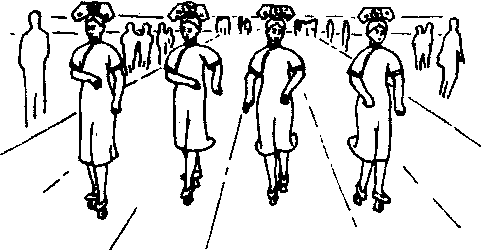雪地走
满族妇女传统体育项目。参赛者脚穿高底“寸子鞋”竞走,以先到达终点者为胜。因着高底鞋走路如踏雪而行,故称之。
雪地走
满族妇女传统体育项目。参赛者脚穿高底 “寸子鞋”竞走,以先到达终点者为胜。因着高底鞋走路如踏雪而行,故称之。

| 词条 | 雪地走 |
| 类别 | 中文百科知识 |
| 释义 | 雪地走满族妇女传统体育项目。参赛者脚穿高底“寸子鞋”竞走,以先到达终点者为胜。因着高底鞋走路如踏雪而行,故称之。 雪地走满族妇女传统体育项目。参赛者脚穿高底 “寸子鞋”竞走,以先到达终点者为胜。因着高底鞋走路如踏雪而行,故称之。
|
| 随便看 |
开放百科全书收录579518条英语、德语、日语等多语种百科知识,基本涵盖了大多数领域的百科知识,是一部内容自由、开放的电子版国际百科全书。